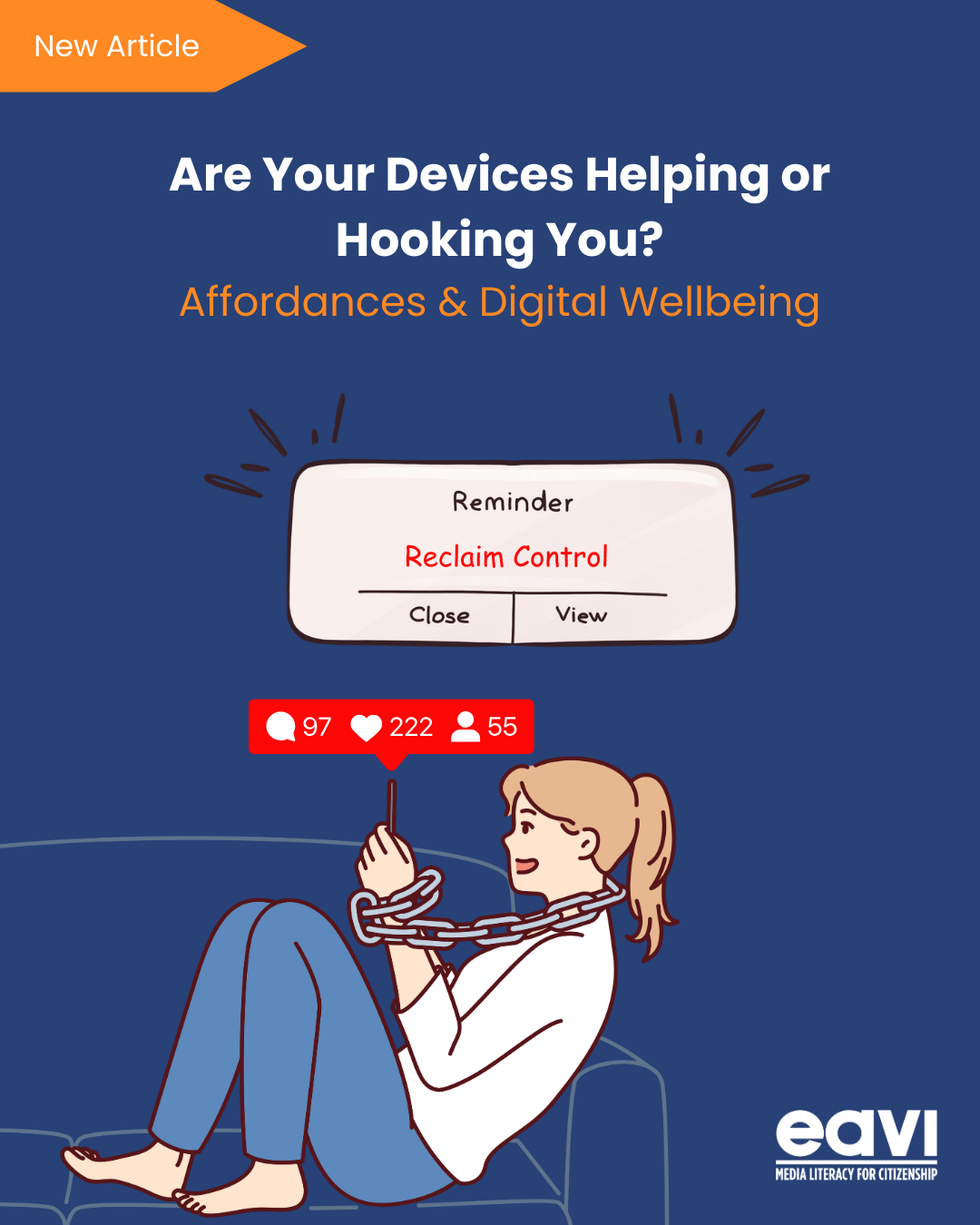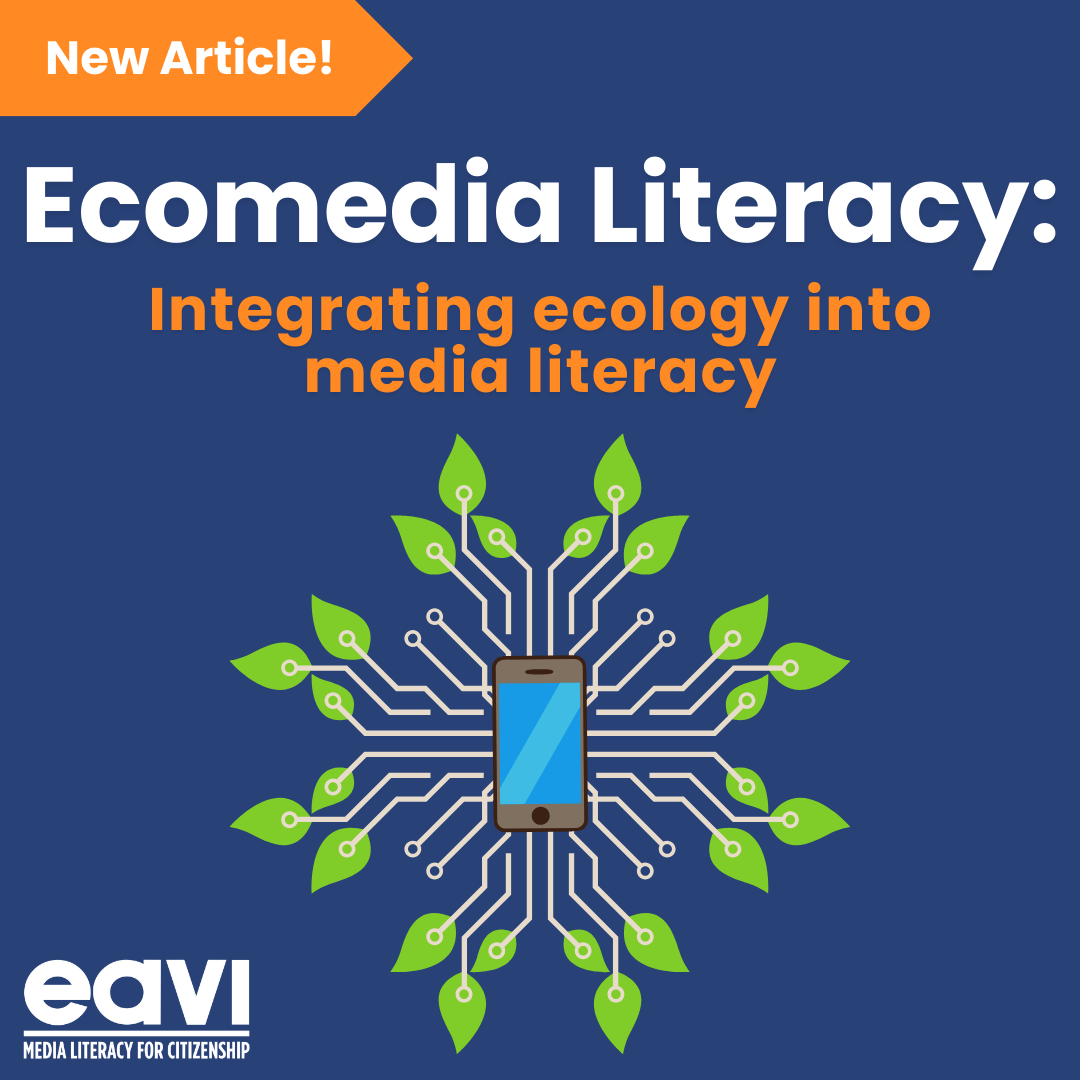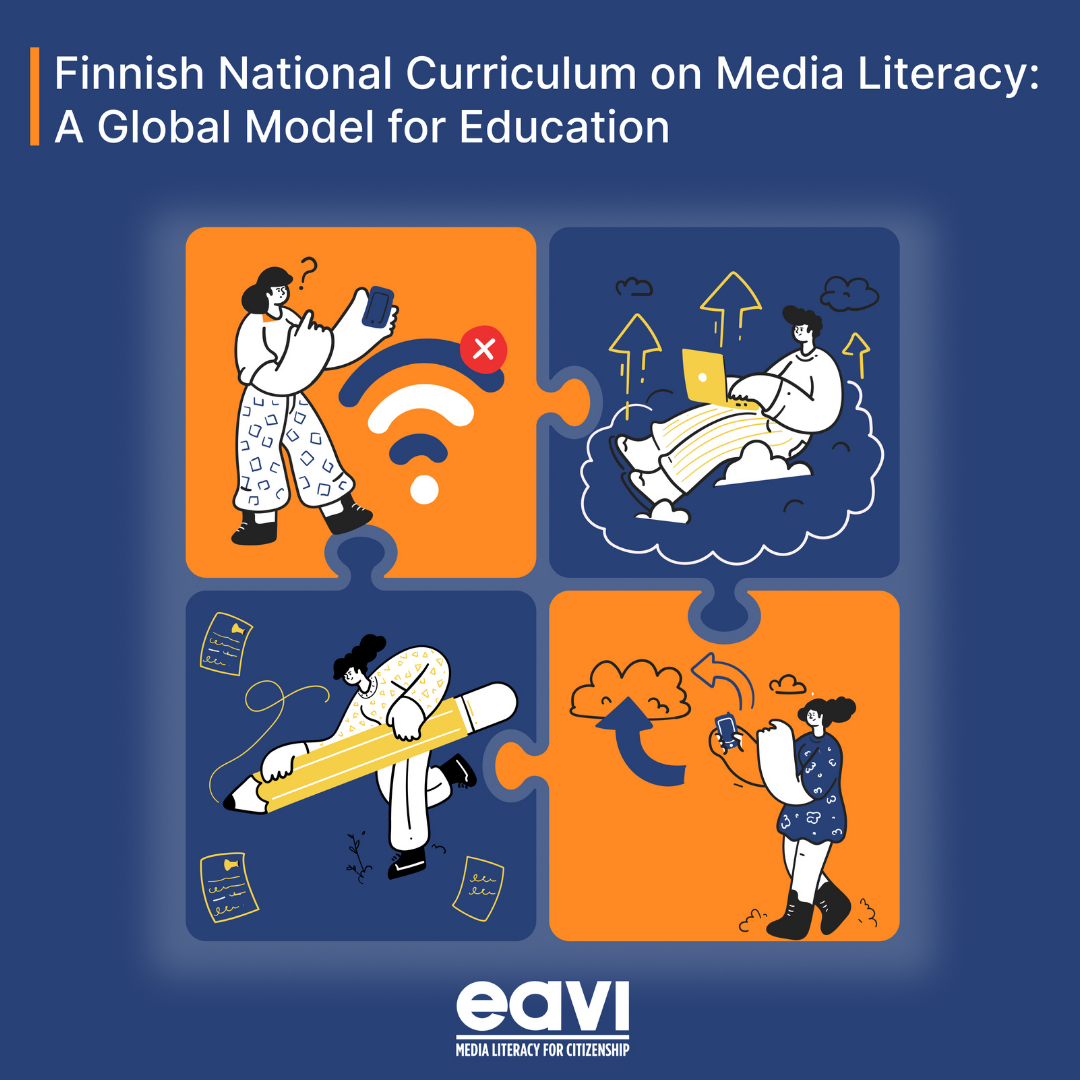“Disinformation changes as fast as technology, but disinformation is as old as information”
The Disinfoweek conference (7th-8th of March in Brussels, organised by the Atlantic Council) was opened with this statement, underlying that the challenge we have been trying to tackle in the last 10 years or more, focusing on the spread of disinformation on social media platforms, it’s not at all a new phenomenon. Of course, it has been given recently more importance than in the past due to the high resonance it is having and its wide reach.
The conference covered, in a practical and interesting way, the most relevant problems we are facing nowadays: from the protection of democratic elections, to the malicious actors involved in the spreading of disinformation, the “informatization” of the process and so on.
The most significant aspect I would like to analyse here for our readers is the fight against our impulses. It sounds apocalyptic, doesn’t it?
Scientists coming from American universities discussed about innate characteristics and behaviours which lead us to believe in disinformation, or at least to forget to check the sources.
As human beings we are fooled by:
- COGNITIVE LAZINESS
Imagine you are googling to know the score in a football match. You will be inclined to trust the first result which will appear in your google search and then you’ll switch off the screen of your mobile again. Don’t try to look cool denying this to yourself, everybody does it!
- SPEED
It’s almost a fact that people tend to read the headlines without reading the text of the articles;
- PARTISANSHIP OR TRIBALISM
The more you feel the sense of belonging to one community or to a particular group, the more you’ll tend to believe a piece of news which can be false and to attack another community or group different from yours (see the appeal that disinformation about immigrant communities has for nationalist groups).
How can we stop disinformation dissemination then? Fact-checkers can act as cops and take down misleading content, but this is not going to be enough to fight it.
Ben Mimmo, the senior fellow for information defense at the Atlantic Council, claims that storytelling and detective novels are more needed than fact-checkers.
We should encourage people to be the detective themselves and to know what the secrets to discover bots are and how false information is built. How do we do this? Speaking to interest and curiosity, taking the reader to the journey of how this fake parallel universe is created.
Here the secrets:
THE RULE OF THE THREE “A”– Activity, Anonymity and Amplification are the key observations in spotting bots.
- Abnormal amount of tweets in one day, let’s say 1 tweet (or retweet) every 40 seconds 24/7 (not human, is it?);
- You are not able to identify the person behind the account, since there is no verifiable personal information;
- The account is just amplifying other people’s voices and beliefs, because it doesn’t have its own content;
THE 4 “D’s” OF DISINFORMATION– Dismiss, Distort, Distract, Dismay.
Articles, tweets, content trying to take somebody down, attacking actors and other sources that have shared reliable content in order to disseminate distrust and focus readers attention on other topics, etc.
This information can without any doubt empower the reader, but it is also true that everybody is susceptible to disinformation, because we cannot be aware of everything, so we rely on others’ information, but this can also be inaccurate and at the moment we are consuming it and we cannot or it doesn’t occur to us to verify the content.
Sharing a relevant quote from the conference: “Not everybody is vulnerable to everything, but everybody is vulnerable to something” (Kelly Greenhill).
“Disinformation changes as fast as technology, but disinformation is as old as information”
The Disinfoweek conference (7th-8th of March in Brussels, organised by the Atlantic Council) was opened with this statement, underlying that the challenge we have been trying to tackle in the last 10 years or more, focusing on the spread of disinformation on social media platforms, it’s not at all a new phenomenon. Of course, it has been given recently more importance than in the past due to the high resonance it is having and its wide reach.
The conference covered, in a practical and interesting way, the most relevant problems we are facing nowadays: from the protection of democratic elections, to the malicious actors involved in the spreading of disinformation, the “informatization” of the process and so on.
The most significant aspect I would like to analyse here for our readers is the fight against our impulses. It sounds apocalyptic, doesn’t it?
Scientists coming from American universities discussed about innate characteristics and behaviours which lead us to believe in disinformation, or at least to forget to check the sources.
As human beings we are fooled by:
- COGNITIVE LAZINESS
Imagine you are googling to know the score in a football match. You will be inclined to trust the first result which will appear in your google search and then you’ll switch off the screen of your mobile again. Don’t try to look cool denying this to yourself, everybody does it!
- SPEED
It’s almost a fact that people tend to read the headlines without reading the text of the articles;
- PARTISANSHIP OR TRIBALISM
The more you feel the sense of belonging to one community or to a particular group, the more you’ll tend to believe a piece of news which can be false and to attack another community or group different from yours (see the appeal that disinformation about immigrant communities has for nationalist groups).
How can we stop disinformation dissemination then? Fact-checkers can act as cops and take down misleading content, but this is not going to be enough to fight it.
Ben Mimmo, the senior fellow for information defense at the Atlantic Council, claims that storytelling and detective novels are more needed than fact-checkers.
We should encourage people to be the detective themselves and to know what the secrets to discover bots are and how false information is built. How do we do this? Speaking to interest and curiosity, taking the reader to the journey of how this fake parallel universe is created.
Here the secrets:
THE RULE OF THE THREE “A”– Activity, Anonymity and Amplification are the key observations in spotting bots.
- Abnormal amount of tweets in one day, let’s say 1 tweet (or retweet) every 40 seconds 24/7 (not human, is it?);
- You are not able to identify the person behind the account, since there is no verifiable personal information;
- The account is just amplifying other people’s voices and beliefs, because it doesn’t have its own content;
THE 4 “D’s” OF DISINFORMATION– Dismiss, Distort, Distract, Dismay.
Articles, tweets, content trying to take somebody down, attacking actors and other sources that have shared reliable content in order to disseminate distrust and focus readers attention on other topics, etc.
This information can without any doubt empower the reader, but it is also true that everybody is susceptible to disinformation, because we cannot be aware of everything, so we rely on others’ information, but this can also be inaccurate and at the moment we are consuming it and we cannot or it doesn’t occur to us to verify the content.
Sharing a relevant quote from the conference: “Not everybody is vulnerable to everything, but everybody is vulnerable to something” (Kelly Greenhill).
“Disinformation changes as fast as technology, but disinformation is as old as information”
The Disinfoweek conference (7th-8th of March in Brussels, organised by the Atlantic Council) was opened with this statement, underlying that the challenge we have been trying to tackle in the last 10 years or more, focusing on the spread of disinformation on social media platforms, it’s not at all a new phenomenon. Of course, it has been given recently more importance than in the past due to the high resonance it is having and its wide reach.
The conference covered, in a practical and interesting way, the most relevant problems we are facing nowadays: from the protection of democratic elections, to the malicious actors involved in the spreading of disinformation, the “informatization” of the process and so on.
The most significant aspect I would like to analyse here for our readers is the fight against our impulses. It sounds apocalyptic, doesn’t it?
Scientists coming from American universities discussed about innate characteristics and behaviours which lead us to believe in disinformation, or at least to forget to check the sources.
As human beings we are fooled by:
- COGNITIVE LAZINESS
Imagine you are googling to know the score in a football match. You will be inclined to trust the first result which will appear in your google search and then you’ll switch off the screen of your mobile again. Don’t try to look cool denying this to yourself, everybody does it!
- SPEED
It’s almost a fact that people tend to read the headlines without reading the text of the articles;
- PARTISANSHIP OR TRIBALISM
The more you feel the sense of belonging to one community or to a particular group, the more you’ll tend to believe a piece of news which can be false and to attack another community or group different from yours (see the appeal that disinformation about immigrant communities has for nationalist groups).
How can we stop disinformation dissemination then? Fact-checkers can act as cops and take down misleading content, but this is not going to be enough to fight it.
Ben Mimmo, the senior fellow for information defense at the Atlantic Council, claims that storytelling and detective novels are more needed than fact-checkers.
We should encourage people to be the detective themselves and to know what the secrets to discover bots are and how false information is built. How do we do this? Speaking to interest and curiosity, taking the reader to the journey of how this fake parallel universe is created.
Here the secrets:
THE RULE OF THE THREE “A”– Activity, Anonymity and Amplification are the key observations in spotting bots.
- Abnormal amount of tweets in one day, let’s say 1 tweet (or retweet) every 40 seconds 24/7 (not human, is it?);
- You are not able to identify the person behind the account, since there is no verifiable personal information;
- The account is just amplifying other people’s voices and beliefs, because it doesn’t have its own content;
THE 4 “D’s” OF DISINFORMATION– Dismiss, Distort, Distract, Dismay.
Articles, tweets, content trying to take somebody down, attacking actors and other sources that have shared reliable content in order to disseminate distrust and focus readers attention on other topics, etc.
This information can without any doubt empower the reader, but it is also true that everybody is susceptible to disinformation, because we cannot be aware of everything, so we rely on others’ information, but this can also be inaccurate and at the moment we are consuming it and we cannot or it doesn’t occur to us to verify the content.
Sharing a relevant quote from the conference: “Not everybody is vulnerable to everything, but everybody is vulnerable to something” (Kelly Greenhill).








































































































































































